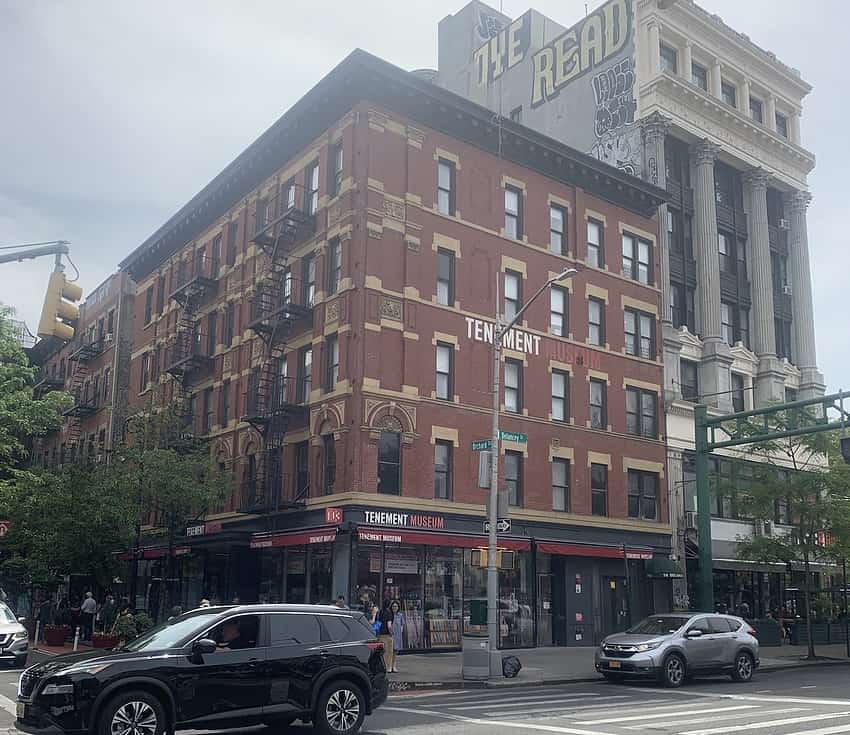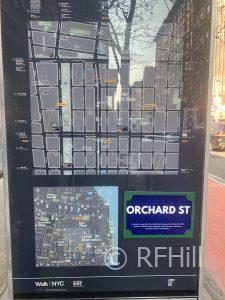The Tenement Museum in New York City is a unique historical museum dedicated to preserving the history and legacy of the immigrants who lived in the Lower East Side of Manhattan during the late 19th and early 20th centuries. The museum is located in two tenement buildings at 97 and 103 Orchard Street, constructed in the 1860s and served as homes to thousands of immigrants from various countries.
A tenement is legally defined in New York by the Tenement House Act of 1867 as “any house, building, or portion thereof, which is rented, leased, let or hired out to be occupied or is occupied, as the home or residence of more than three families living independently of one another and doing their own cooking upon the premises, or by more than two families upon a floor, so living and cooking and having a common right in the halls, stairways, yards, water-closets, or privies, or some of them.”
The museum offers guided tours of the building, designed to give visitors a sense of what life was like for the families there. Visitors can see the apartments as they were when occupied, complete with period furnishings and artifacts. In addition, the museum offers a variety of educational programs and events related to the history of immigration and urban life in New York City. It celebrates the rich cultural diversity that has always been a defining characteristic of the city and provides a meaningful reminder of the struggles and sacrifices made by previous generations.
I decided to check out whether or not a membership to this museum would be worthwhile, as was the Guggenheim. It turns out that the Tenement Museum is a charitable organization, but it derives 70% of its revenue from ticket sales. Ticket prices are $30 per person. However, an annual membership if over 65 is a great deal. Even though we are both over 65, the regular price duo membership for $125 was the best value.
Are you visiting NYC, but only for a few days?
We could have easily booked two tours on the same day, and the membership would have almost paid for itself. This might be a worthwhile investment, regardless.
On Saturday, we took the tour: Day in the Life: 1911
Yesterday I took the tour: Finding Home
 What makes the Tenement Museum so impressive?
What makes the Tenement Museum so impressive?
It focuses on telling the stories of the people who lived in these tenements rather than just presenting facts and figures. These are real families often told by their children. Visitors to the museum can take guided tours of the tenement buildings and learn about the daily lives of the families who once lived there. The museum also features exhibits and interactive programs exploring the Lower East Side’s social, economic, and cultural history and its immigrant and refugee communities.
Another aspect that makes the Tenement Museum unique is its dedication to preserving the physical spaces and artifacts of the tenements themselves. The museum had painstakingly restored the apartments to reflect the periods when they were occupied, complete with period furniture, decor, and some personal belongings belonging to the previous residents. This immersive experience provides visitors with a tangible connection to the past and a deeper understanding of the challenges and triumphs of the immigrant experience.



 What makes the Tenement Museum so impressive?
What makes the Tenement Museum so impressive?